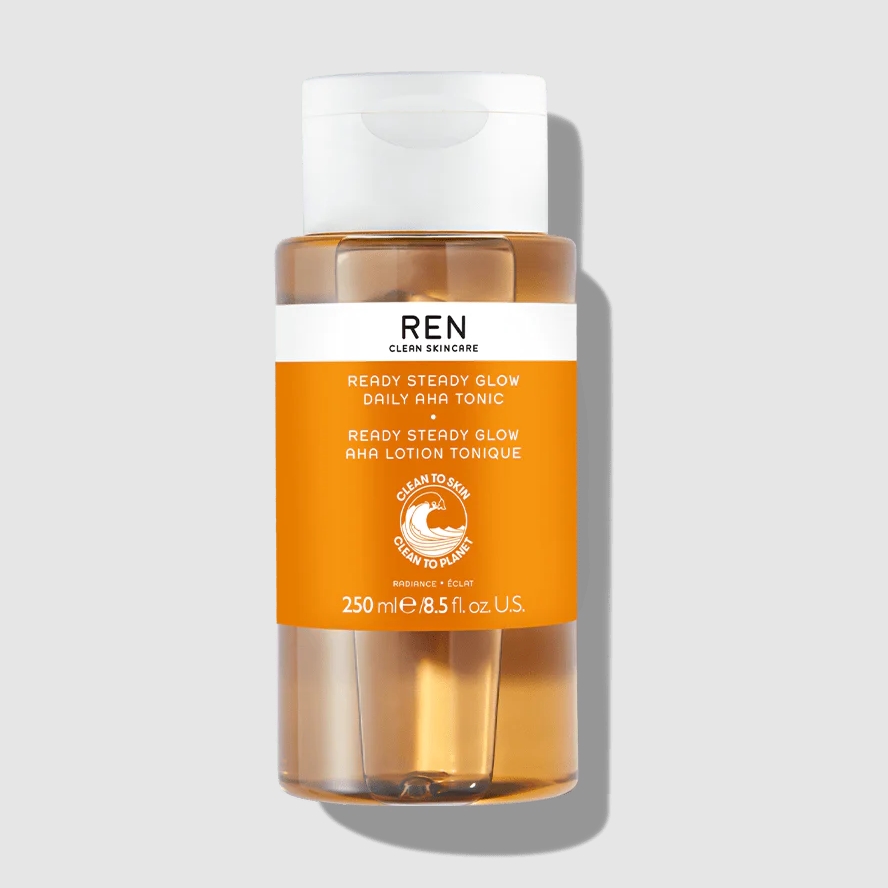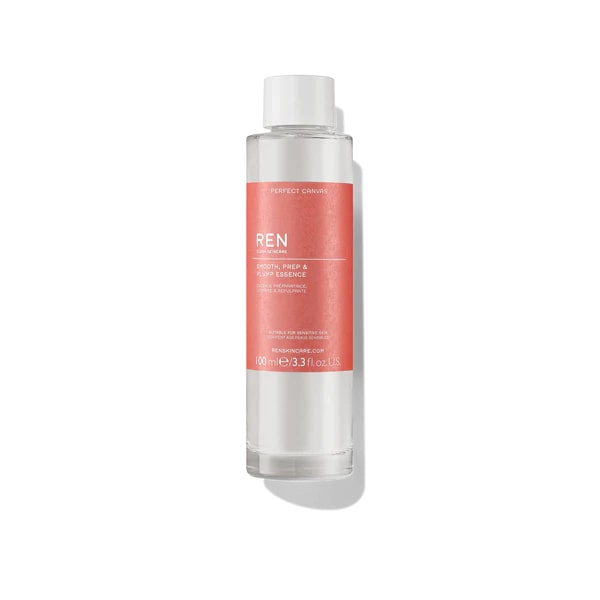
Lactic acid
Lactic acid is an alpha-hydroxy acid (AHA) that is naturally present in milk, fruits, and vegetables. It is commonly used in cosmetics and skincare products due to its exfoliating and skin brightening properties. Lactic acid helps to remove dead skin cells from the surface of the skin, revealing smoother and brighter skin. It can also help to reduce the appearance of fine lines and wrinkles.
Potassium Azeloyl Diglycinate
Potassium Azeloyl Diglycinate is a derivative of azelaic acid, a naturally occurring acid found in grains and some fruits. It is commonly used in skincare products for its ability to brighten the skin, reduce the appearance of blemishes, and improve skin texture.
Triethyl Citrate
Triethyl Citrate is an ester of citric acid that is commonly used as a fragrance ingredient and a solvent in personal care products.
Glyceryl Caprylate
Glyceryl Caprylate is an emollient and a surfactant that is commonly used in skincare and haircare products. It helps to improve the texture and spreadability of products and can also act as a gentle cleanser.
Salix Nigra Bark Extract
This ingredient is extracted from the bark of the black willow tree. It contains salicylic acid, which is a beta hydroxy acid (BHA) that is commonly used in skincare products for its ability to exfoliate dead skin cells, unclog pores, and reduce inflammation. Willow bark extract has been used for centuries as a natural remedy for pain and inflammation, and is also believed to have antimicrobial properties.
Benzoic Acid
Benzoic Acid is a naturally occurring ingredient that is often used as a preservative in skincare and cosmetic products. It is also used as a pH adjuster and can help to control the growth of bacteria and fungi in products.
Heptanol
Heptanol is a natural fatty alcohol that is used as a solvent and emulsifier in skincare products. It can help to improve the texture and feel of products and can also enhance the penetration of other active ingredients into the skin.
Limonene
Limonene is a naturally occurring compound that is found in the peels of citrus fruits. It is often used as a fragrance ingredient in skincare products and is also believed to have anti-inflammatory and antioxidant properties.
Ren Collagen Perfect Canvas Smooth, Prep & Plump Essence Ingredients & Health Benefits

Propanediol
Propanediol is a moisturizing agent and a solvent that is derived from corn. It is often used as an alternative to propylene glycol, which is derived from petroleum. Propanediol helps to soften and smooth the skin, while also improving the absorption of other ingredients.
Glycerin
Glycerin is a humectant that draws moisture from the air into the skin, helping to keep it hydrated and soft. It is a natural ingredient that is found in many skincare products, and it is especially effective for dry and sensitive skin.
Niacinamide
Niacinamide, also known as Vitamin B3, is a water-soluble vitamin that has many benefits for the skin. It helps to reduce the appearance of fine lines and wrinkles, brighten the skin, and even out skin tone. Niacinamide also helps to improve the skin’s barrier function, which can help to prevent moisture loss and protect the skin from environmental stressors.
Phenoxyethanol
Phenoxyethanol is a preservative that is used to prevent the growth of bacteria and other microorganisms in skincare products. It is a safe and effective alternative to parabens, which have been associated with potential health risks.
Sodium Hyaluronate
Sodium hyaluronate is a salt form of hyaluronic acid, which is a naturally occurring substance in the body. It helps to hydrate and plump the skin, and it can hold up to 1,000 times its weight in water. Sodium hyaluronate is often used in anti-aging products to help reduce the appearance of fine lines and wrinkles.
Marrubium Vulgare Extract
Marrubium Vulgare Extract is an antioxidant-rich ingredient that helps to protect the skin from environmental stressors. It also has anti-inflammatory properties that can help to soothe and calm the skin.
Polyglyceryl 6 Oleate
Polyglyceryl 6 Oleate is an emulsifier derived from natural plant oils and glycerin. It is used in cosmetics and personal care products to stabilize oil-in-water emulsions, enhance moisturization, and improve skin feel. Polyglyceryl 6 Oleate is generally considered safe for use in cosmetics and has a low risk of irritation.
Bacillus Ferment
Bacillus Ferment is a probiotic ingredient derived from fermented bacteria. It is commonly used in skincare products to promote healthy skin by balancing the skin’s microbiome, improving skin hydration, and reducing inflammation. Bacillus Ferment is generally considered safe for use in skincare products.
Reference
- Arif, T. (2015). Salicylic Acid as a Peeling agent: a Comprehensive Review. Clinical, Cosmetic and Investigational Dermatology, [online] 8, p.455. doi: https://doi.org/10.2147/ccid.s84765.
- del Olmo, A., Calzada, J. and Nuñez, M. (2015). Benzoic acid and its derivatives as naturally occurring compounds in foods and as additives: Uses, exposure, and controversy. Critical Reviews in Food Science and Nutrition, 57(14), pp.3084–3103. doi: https://doi.org/10.1080/10408398.2015.1087964.
- Dréno, B., Zuberbier, T., Gelmetti, C., Gontijo, G. and Marinovich, M. (2019). Safety review of phenoxyethanol when used as a preservative in cosmetics. Journal of the European Academy of Dermatology and Venereology: JEADV, [online] 33 Suppl 7(S7), pp.15–24. doi: https://doi.org/10.1111/jdv.15944.
- Fiume, M.M., Bergfeld, W.F., Belsito, D.V., Hill, R.A., Klaassen, C.D., Liebler, D.C., Marks, J.G., Shank, R.C., Slaga, T.J., Snyder, P.W., Gill, L.J. and Heldreth, B. (2020). Safety Assessment of PEGylated Alkyl Glycerides as Used in Cosmetics. International Journal of Toxicology, 39(2_suppl), pp.26S58S. doi: https://doi.org/10.1177/1091581820951557.
- Fiume, M.M., Heldreth, B.A., Bergfeld, W.F., Belsito, D.V., Hill, R.A., Klaassen, C.D., Liebler, D.C., Marks, J.G., Shank, R.C., Slaga, T.J., Snyder, P.W. and Andersen, F.A. (2014). Safety Assessment of Citric Acid, Inorganic Citrate Salts, and Alkyl Citrate Esters as Used in Cosmetics. International Journal of Toxicology, 33(2_suppl), pp.16S46S. doi: https://doi.org/10.1177/1091581814526891.
- Foucher, C.D. and Tubben, R.E. (2020). Lactic Acidosis. [online] PubMed. Available at: https://pubmed.ncbi.nlm.nih.gov/29262026/.
- Guertin, P. (2018a). How safe are glycerin and polyglycerin-10 as key ingredients in personal care products. [online] Available at: https://www.semanticscholar.org/ [Accessed 28 Jun. 2023].
- Guertin, P.A. (2018b). Is Propanediol a safer molecule than some other glycols in personal care and anti-aging biocosmeceutical products? 1(5), pp.23–23. doi: https://doi.org/10.28933/ijoar-2018-11-1508.
- He, C., Yue, Y., Li, R., Huang, Y., Shu, L., Lv, H., Wang, J. and Zhang, Z. (2023). Sodium hyaluronates applied in the face affects the diversity of skin microbiota in healthy people. International Journal of Cosmetic Science. [online] doi: https://doi.org/10.1111/ics.12845.
- Huang, H.-C., Lee, I.J., Huang, C. and Chang, T.-M. (2020). Lactic Acid Bacteria and Lactic Acid for Skin Health and to Inhibit Melanogenesis. Current Pharmaceutical Biotechnology, 21. doi: https://doi.org/10.2174/1389201021666200109104701.
- Lee, N.-K., Kim, W.-S. and Paik, H.-D. (2019). Bacillus strains as human probiotics: characterization, safety, microbiome, and probiotic carrier. Food Science and Biotechnology, 28(5). doi: https://doi.org/10.1007/s10068-019-00691-9.
- McGinty, D., Scognamiglio, J., Letizia, C.S. and A.M. Api (2010). Fragrance material review on 2,6-dimethyl-2-heptanol. 48, pp.S110–S114. doi: https://doi.org/10.1016/j.fct.2010.05.041.
- Singh, S.K., Chaubey, S., Bansal, A., Kaur, G. and Malik, D.S. (2021). Cosmeceutical Aptitudes of Azelaic Acid. Current Drug Research Reviews, 13. doi:https://doi.org/10.2174/2589977513666210526122909.
Next, check out some similar articles you might find interesting:

Leave a Reply